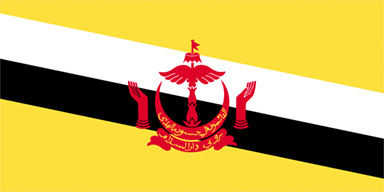
Research: Singapore 01
Singapore
2016.01.21 - 01.23
The first of the triple-country tour, the SEA PROJECT flew to Singapore. Currently the economic and cultural hub in Southeast Asia, Singapore marked its 50th anniversary of independence and also experienced the loss of its founding father in 2015. Singapore’s presence within the region is epitomized by the impressive city scape that visitors encounter when arriving into the city center. With the recent opening of its new national museum and the hosting of Art Stage Singapore in January 2016, its art scene was thriving with hundreds of art-related professionals flocking there. On this occasion, the team met with many artists and saw many artworks in the little time they had available.
-
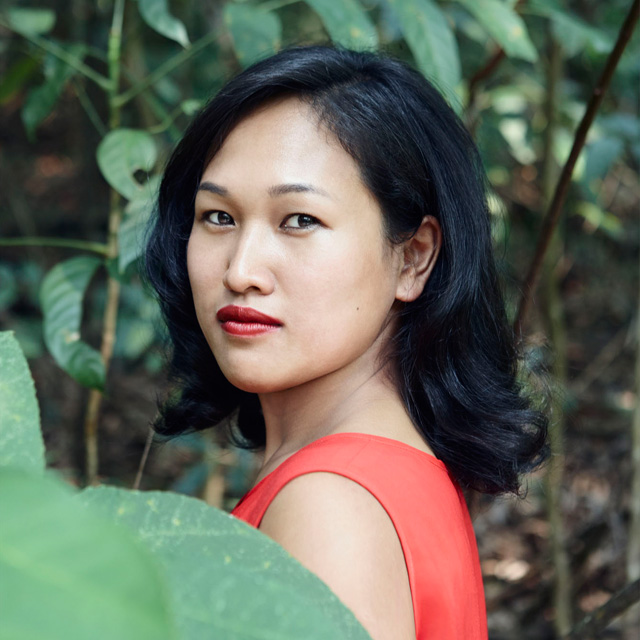 Vera Mey
Vera Mey -
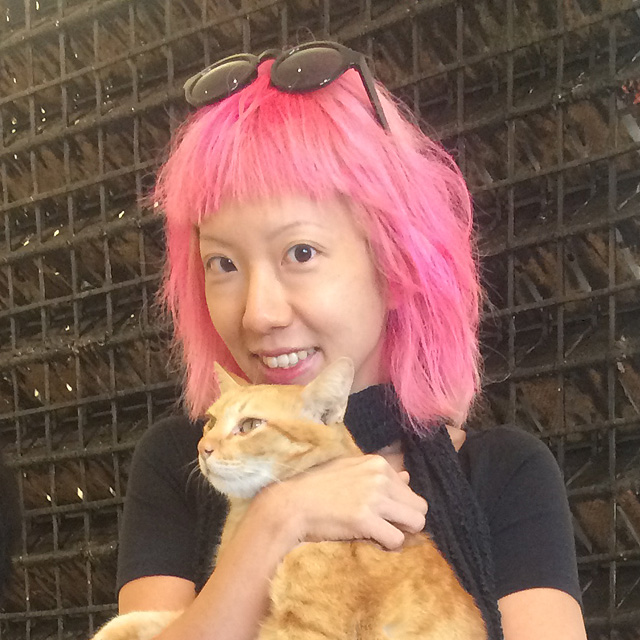 Ong Jo-Lene
Ong Jo-Lene -
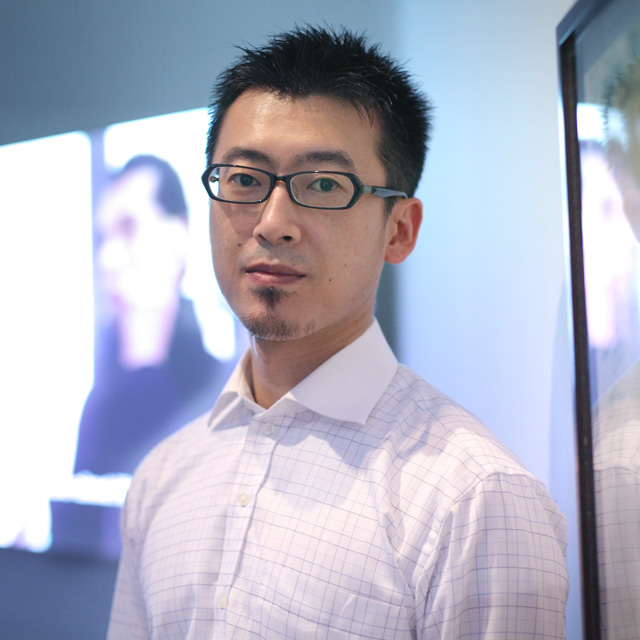 Kenichi Kondo
Kenichi Kondo -
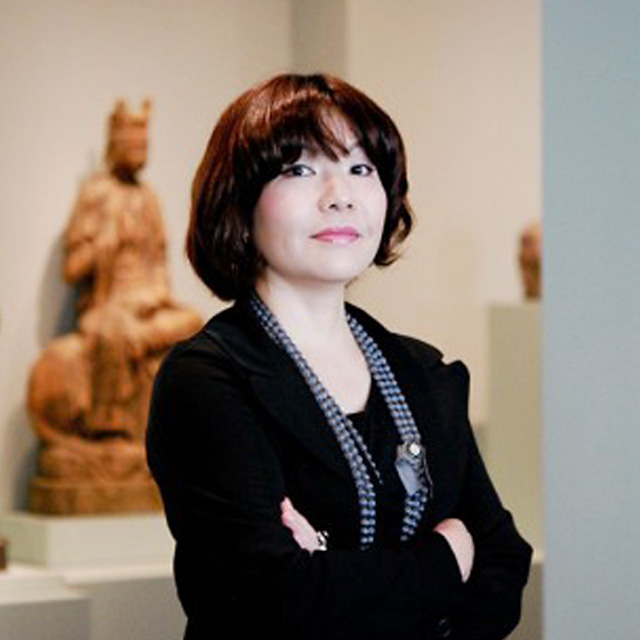 Mami Kataoka
Mami Kataoka -
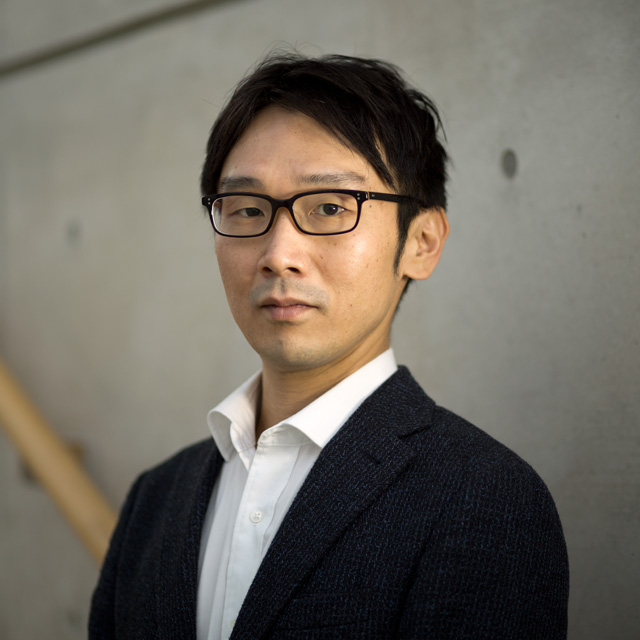 Naoki Yoneda
Naoki Yoneda
National Gallery Singapore
2016.01.22
The National Gallery Singapore opened in November 2015. Housing approximately 8,000 artworks of contemporary art from Southeast Asia, it is the largest art museum in the region with a total area of 64,000 square meters. The museum was created integrating the former city hall built under British rule in 1929 and the former Supreme Court built in 1939. It is an ambitious art museum that aims to make Singapore the hub of the Southeast Asian art world. Exhibitions held in commemoration of the museum’s opening include Siapa Nama Kamu? Art in Singapore since the 19th Century (What Is Your Name?), featuring Singaporean art from the 19th century to the present day; and Between Declarations and Dreams: Art of Southeast Asia since the 19th Century, which features around 400 works of Southeast Asian art dating from the 19th century onwards. The latter exhibition is based on four themes: “Authority and Anxiety: 19th Century to early 20th Century,” “Imagining Country and Self: 1900s to 1940s,” “Manifesting the Nation: 1950s to 1970s,” and “Re: Defining Art: 1970s and After.” Organized in chronological order, it portrays regional artistic expression born in concert with socio-political changes including modernization, colonization, and independence.
Amanda Heng (1951-)
2016.01.22
Amanda Heng is a female Singaporean artist who began to work and perform in the 1980s. Some of her art is a reinterpretation of Western feminist discourse and protests against Singapore’s male-dominant society. She is relatively already well-known in Japan as well, having been an artist-in-residence in Fukuoka in 1999 on the invitation of the Fukuoka Asian Art Museum, and participating in exhibitions including Women In-Between: Asian Women Artists 1984-2012 (2012 -2013), which toured four art museums in Japan. She also curates exhibitions, and organizes workshops and public forums. At the time of our visit, Heng’s work was being displayed in the National Gallery Singapore exhibition, Siapa Nama Kamu? Art in Singapore since the 19th Century, including the image- and video-based Singirl (2000) and Let’s Walk (2000), and the photography series ANOTHER WOMAN (1996 – 1997). One of Amanda Heng’s most outstanding works, ANOTHER WOMAN documents the artist and her mother in various acts, the famous of which is of them embracing one another. Realizing that her relationship with her mother had been estranged within their Chinese patriarchal family structure, she embarked on this project to rebuild their mother-daughter relationship.
NTU Center for Contemporary
Art Singapore (CCA)
2016.01.22
The NTU Center for Contemporary Art Singapore (CCA) was opened by Nanyang Technological University in October 2013. In addition to regularly holding exhibitions, the Center also hosts artist-in-residence and education programs. Ute Meta Bauer, who was one of the co-directors of documenta XI (2002), serves as gallery director. At the time of our visit, veteran American artist Joan Jonas was holding a solo exhibition—a reconstruction of her exhibition at the 56th Venice Biennale United States Pavilion (2015) and also featuring video recordings of performances by artists in Venice. The Gillman Barracks art complex, where CCA is located, contains many galleries including branches of the Mizuma Art Gallery and Ota Fine Arts of Japan. The day featured the annual Singapore art fair, Art Stage Singapore, as well as the opening of Gillman Barracks at night and various events bustling with people. CCA hosted open studios for their artists-in-residence, including Indonesian artist Jompet Kuswidananto (1976-), who participated in Yokohama Triennale 2008 (2008), and Saleh Husein (1982-), who participated in Time of others (2015) which travelled from Tokyo, Osaka, Singapore, and to Brisbane. Also at CCA, we met with and interviewed Singaporean artist Ho Rui An, who participated in the Performing Arts Meeting in Yokohama 2016 (TPAM 2016).
Loo Zihan(1983-)
2016.01.23
Loo Zihan is a Singapore-based artist active in a wide variety of different fields including film production, acting, performance, and dance. He is one of the few artists whose works touches on sexual minority’s lives. In Singapore, homosexuality is a taboo subject due to condemnation from increasingly strong conservative voices. The 2007 film Solos, which he both co-directed and acted in, received high acclaim at the Busan International Film Festival and the 23rd Torino Gay & Lesbian Film Festival. His performance of Cane at Singapore’s alternative space, The Substation, in 2012 was a re-enactment of Brother Cane, a performance previously done by Thai-born artist Josef Ng in Singapore’s Parkway Parade. At the time, Brother Cane was controversial due to its “excessive obscenity,” which resulted in Josef Ng being banned from performance art for ten years between 1994 and 2004. Loo Zihan re-enacted this historical incident in Cane, an extremely realistic work that deals with the censorship against homosexuality and the problems of documentation that arise when reproducing a performance.
Bani Haykal(1985-)
2016.01.23
Bani Haykal is an artist, composer, and performer experimenting with text and music. His practice traverses and intercrosses art, music, sound, performance, theatre, poetry, and research. His research questions our perceptions on music, particularly jazz, by investigating the politics at play behind the history of the genre and its effects in Singapore and the region. During his two years as Associate Artist with The Substation, he developed his ongoing research “Rethinking Music.” He continued this line of inquiry with a research on the Cultural Cold War during his residency at NTU Centre for Contemporary Art (CCA). Haykal’s approach is imbued with a strong spirit of experimentation and sensitivity to social history. Constantly looking for new ways of collaboration, he is part of Offcuff, a collective focusing on multi-disciplinary performance and soundpainting ensemble Erik Satay & The Kampong Arkestra. As a composer and performer, he has collaborated with Ho Tzu Nyen (The Cloud of Unknowing, Ten Thousand Tigers), T.H.E Dance Company, and The Necessary Stage. Haykal is also a member of experimental rock band b-quartet and was part of the immensely influential art rock band The Observatory. He has participated in exhibitions and festivals including “Media/Art Kitchen” (Indonesia, Malaysia, Philippines and Japan, 2013-14), SOUND: Latitudes and Attitudes (Institute of Contemporary Art Singapore, 2014), and RRREC FEST (Indonesia, 2014). Haykal is the recipient of Singapore’s “2013 Young Artist Award” and “2015 President’s Young Talent Award.”
Sherman Ong(1971-)
2016.01.23
Sherman Ong is a filmmaker, photographer, and visual artist active in Singapore. He is one of the founding members of the film collective, 13 Little Pictures, and was also an associate artist of The Substation. He is internationally active, participating in the 53rd Venice Biennale Singapore Pavilion (2009) and the 5th Fukuoka Asian Art Triennale (2014). Sherman Ong is interested in the problems that arise from the history of immigration and colonialism in Southeast Asia: questions of international borders, diversity, identity, and interracial relationships. He shared with us that this his interest derives from the fact that he himself belongs to the Peranakan (Chinese immigrant) minority group and, by nature, the concept of the “Chinese (people)” continues to be important to him. Although they are said to be multiethnic nations, in reality, both nations, Malyasia and Singapore, have a highly polished veneer of being multicultural, but in reality its governance is riddled with identity politics, and it was once difficult for Chinese people to find ways to build a life in the latter. His 2009 work depicting immigrant life, Flooding in the Time of Drought, clearly reflects this stance.
Lee Wen(1957-)
2016.07.23
Lee Wen is a Singaporean performance artist. After working at a bank, he entered LaSalle-SIA College of the Arts in 1988, where he became friends with Tang Du Wu and Amanda Heng. He is a member of the artist group, The Artist Village, founded by Tang Du Wu in 1988. Lee Wen first discovered the art of performance while studying abroad in London in 1990. He is now best known for his performance series Yellow Man, in which he paints his entire body yellow. He has also transformed these performances into installations under the title Journey of a Yellow Man. Lee Wen became a focus of international attention overnight for this series, and he began to participate internationally in the Gwangju Biennale (1995) and the 3rd Asia Pacific Triennial of Contemporary Art (1999). He also has a deep connection with Japan, displaying Journey of a Yellow Man No.5: Index to Freedom at the Fukuoka Asian Art Museum’s 4th Asian Art Show (1994), performing also at Musashino Art University. He is still active with his ongoing work at his independent archive in central Singapore.
Special Thanks
Amanda Heng
anGie seah
Bani Haykal
Corine Chan
Genevieve Chua
Guo-Liang Tan
Ho Rui An
Jompet Kuswidananto
June Yap
Lee Wen
Loo Zihan
Michael Lee
Ray Langenbach
Saleh Husein
Shabbir Hussein Mustafa
Sherman Ong
Shubigi Rao
Yu Jin Seng
Zulkifle Mahmod
Research

- The Philippines
- (2015.01.08 - 01.11)
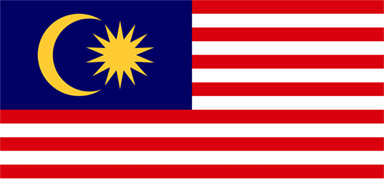
- Malaysia
- (2016.09.27 - 09.28)
- (2015.02.06 - 02.11)

- Myanmar
- (2015.10.24 - 10.29)

- Indonesia
- (2015.11.13 - 11.23)
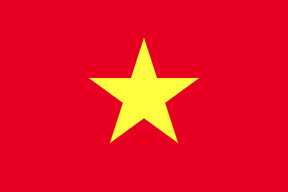
- Vietnam
- (2015.12.13 - 12.20)

- Singapore
- (2016.11.08 - 11.11)
- (2016.01.21 - 01.23)
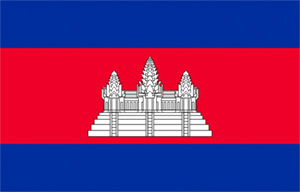
- Cambodia
- (2016.01.24 - 01.26)
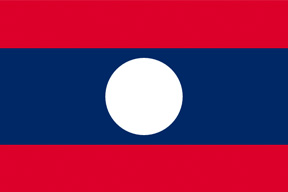
- Laos
- (2016.01.27 - 01.28)
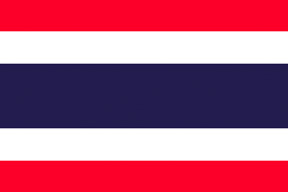
- Thai
- (2016.05.06 - 05.13)
